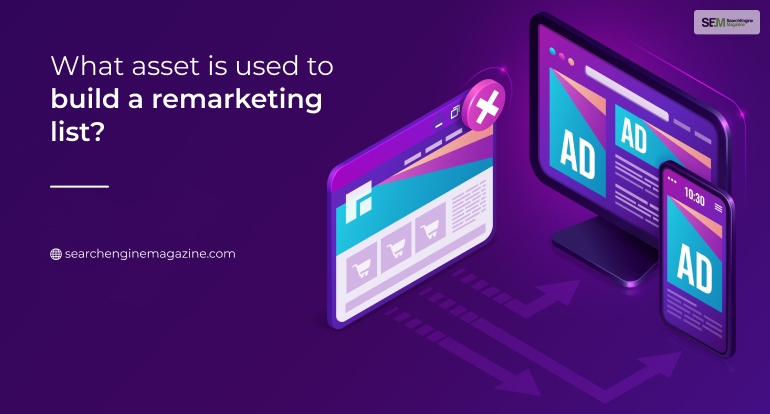How To Know If Someone Blocked You On iMessage? 5 Secret Hacks!
Apr 16, 2025

Apr 16, 2025

Apr 16, 2025

Apr 15, 2025

Apr 11, 2025

Apr 11, 2025

Apr 11, 2025

Apr 08, 2025

Mar 29, 2025
Sorry, but nothing matched your search "". Please try again with some different keywords.


All successful product organizations have unfailingly prioritized product feedback.
However, it is also important how you loop the feedback that you receive from your consumers to your product teams for the most actionable strategy.
A 2020 customer experience (CX) survey conducted by Forbes confirmed that over 86% of modern customers would agree to pay more for a better experience.
Product feedback is a major tool to scope out the faults in the product development and invest in improvements. If the product feedback is not reaching your teams consistently, it is a distinct disadvantage for your organizational growth.
Modern consumers put a lot of value on the overall customer experience (CX).
Creating feedback loops can help you focus entirely on improving the product experience for your customers.
The product feedback loop is an essential CX strategy based on customer reviews, suggestions and interactions. It defends the direction that the company should take for the product development process.
Customers leave a feedback or opinion about the product and then the product teams analyze the feedback.
All conclusions from this analysis are implemented into result oriented actions. The loop is then repeated until all issues with the product have been successfully addressed. The loop can also be used to generate new ideas for brand differentiating and positioning in a highly competitive sector.
There are undeniable advantages of establishing a strong product feedback loop. The most obvious advantages of having a consistent product feedback loop are:
The feedback loop itself can be segmented into three key stages:
Ultimately, the product feedback loop can only be fully effective if you continue to reapply the process through all its stages.
If you are just starting to finalize your product feedback loop, and looking to come up with a focused strategy for the process, the following information will help tremendously.
Here we have curated 3 most efficient ways to build effective customer feedback loops for your product development strategy.
So, let’s dive right in!
To set a customer feedback loop that actually works, you need to invest your time and energy in cultivating the feedback from the right set of target audiences. This is the very first and possibly the most crucial step for setting a feedback loop.
Obviously, there are other ways to start collecting product feedback to build customer-centric products.
You can use Surveys, social listening strategy, email marketing, live chat and forums to collect your data. However, you have to refine this strategy to cut back the chatter and focus on the relevant data that truly adds value to your strategy.
If you have unlimited resources, you have the freedom to apply yourself to all of the abovementioned channels. But if you are running short on resources, streamlining the strategy at this stage will help you reap results that are more concentrated.
Surveys are the most customizable tools to actively segment your feedback collection strategy. You can do so by building customized survey forms that would collect feedback for your products. You can determine the pool of audience that you would like to target to get the feedback aspects of your product.
For instance, if you are creating a feedback loop for launching a product marketed to the teenage demographic, you can create a survey questionnaire that is specifically customized to that target audience. You can also focus the survey on channels where your target demographic is most likely to gather.
This way the feedback you collect will not be diluted with opinions from other types of audiences who might not be the original audience meant for your product.
Once you have collected all of the product Feedback Loops in one place, it is time to segment and analyze the data.
However, without a concrete strategy fueling this process, it can easily turn chaotic. The best way is to list the known issues for the product and start sorting the feedback according to these issues.
In the process, when you come across any unknown issues trending in the feedback, you can enlist them separately to create sub-segments for your analysis.
For example, you are in the process of building a successful ecommerce site and you identify that a high bounce rate or frequent cart abandonment issues are your major issues. You can start by segregating your data to note feedback specific for these issues.
Segmenting your data according to these issues will help you sort out these on a priority basis. In the process, you can also find more opinions or great suggestions that can be implemented to further improve customer experience and your competitive edge in the market.
By the end of this process, you have to forward the segmented data analysis to the respective departments within your product development cycle. Apply the fixes that you have developed at each stage of the process. Then observe whether they work to resolve the issues.
At this stage, you are responsible to carry your side of the interaction with the customers. Let them know the actions that you have implemented based on their feedback.
Ask them to re-evaluate the features for you. Collect the new feedback to take it through the loop again for maximum efficiency.
At this stage, you might have multiple product feedback loops running simultaneously. Use specific campaign parameters to track these loops and adjust your analysis and implementation strategy in real time.
As the loop continues to function smoothly, you can keep launching updates and improved versions of your product to increase brand value and concurrently your profit margins.
The growth of your business is heavily dependent on your customer satisfaction rate.
Product feedback loops help you listen better and respond more actively to your customers’ demands and requirements. It is also a great tool to address client complaints and immediately resolve their problems related to the product.
The feedback loop has a multi-dimensional effect to create better products and better customer experiences at the same time.
Whether solicited or unsolicited, customer Feedback Loops holds a latent power and an efficient feedback loop is your only way to channel the power for guaranteed success for your business.
Read More:
Mashum Mollah is the feature writer of SEM and an SEO Analyst at iDream Agency. Over the last 3 years, He has successfully developed and implemented online marketing, SEO, and conversion campaigns for 50+ businesses of all sizes. He is the co-founder of SMM.
View all Posts
How To Know If Someone Blocked You On iMessag...
Apr 16, 2025
7 Website Design Mistakes That Are Hurting Yo...
Apr 16, 2025
Programmable Dynamic SEO for Location-Based P...
Apr 15, 2025
Google Boba Game: How To Play This Fun Game B...
Apr 11, 2025
Which Is The Best Video Search Engine Of 2025...
Apr 11, 2025

